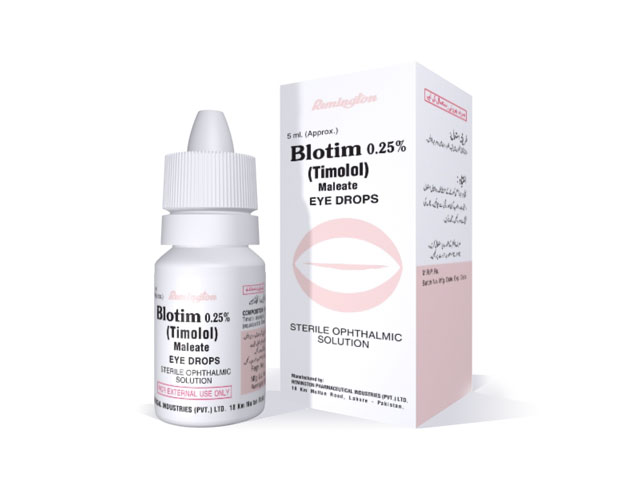Miotic drops. Miotic and Mydriatic Drops: A Comprehensive Guide to Pupil Management in Optometry
How do miotic and mydriatic drops affect pupil size. What are the mechanisms behind pupil constriction and dilation. Which autonomic nervous system pathways are involved in pupil control. How do optometrists use these drops in clinical practice.
The Anatomy and Physiology of Pupil Control
The human eye’s ability to adjust pupil size is a fascinating interplay between two opposing muscles in the iris: the sphincter and the dilator. This delicate balance is crucial for optimal visual function and is controlled by the autonomic nervous system. Understanding the mechanisms behind pupil constriction (miosis) and dilation (mydriasis) is essential for optometrists in their daily clinical practice.
Pupil Constriction Mechanisms
Miosis can occur through two primary mechanisms:
- Contraction of the iris sphincter muscle
- Relaxation of the iris dilator muscle
Pupil Dilation Mechanisms
Similarly, mydriasis can be achieved through:

- Contraction of the iris dilator muscle
- Relaxation of the iris sphincter muscle
These processes are mediated by the autonomic nervous system, specifically the sympathetic and parasympathetic pathways. Miotic and mydriatic drops exploit these pathways to control pupil size for various diagnostic and therapeutic purposes.
The Sympathetic Pathway: Driving Mydriasis
The sympathetic pathway, responsible for pupil dilation, involves a complex three-neuron chain. This pathway begins in the hypothalamus and ends at the iris dilator muscle.
The Three-Neuron Chain
- First neuron: Originates in the hypothalamus and descends to the ciliospinal center of Budge (C8-T2 vertebrae)
- Second neuron (preganglionic): Exits the spinal cord and synapses in the superior cervical ganglion
- Third neuron (postganglionic): Travels through the cavernous sinus and enters the orbit via ciliary nerves
This intricate pathway ensures precise control over pupil dilation, allowing for rapid adjustments to changing light conditions and other visual stimuli.
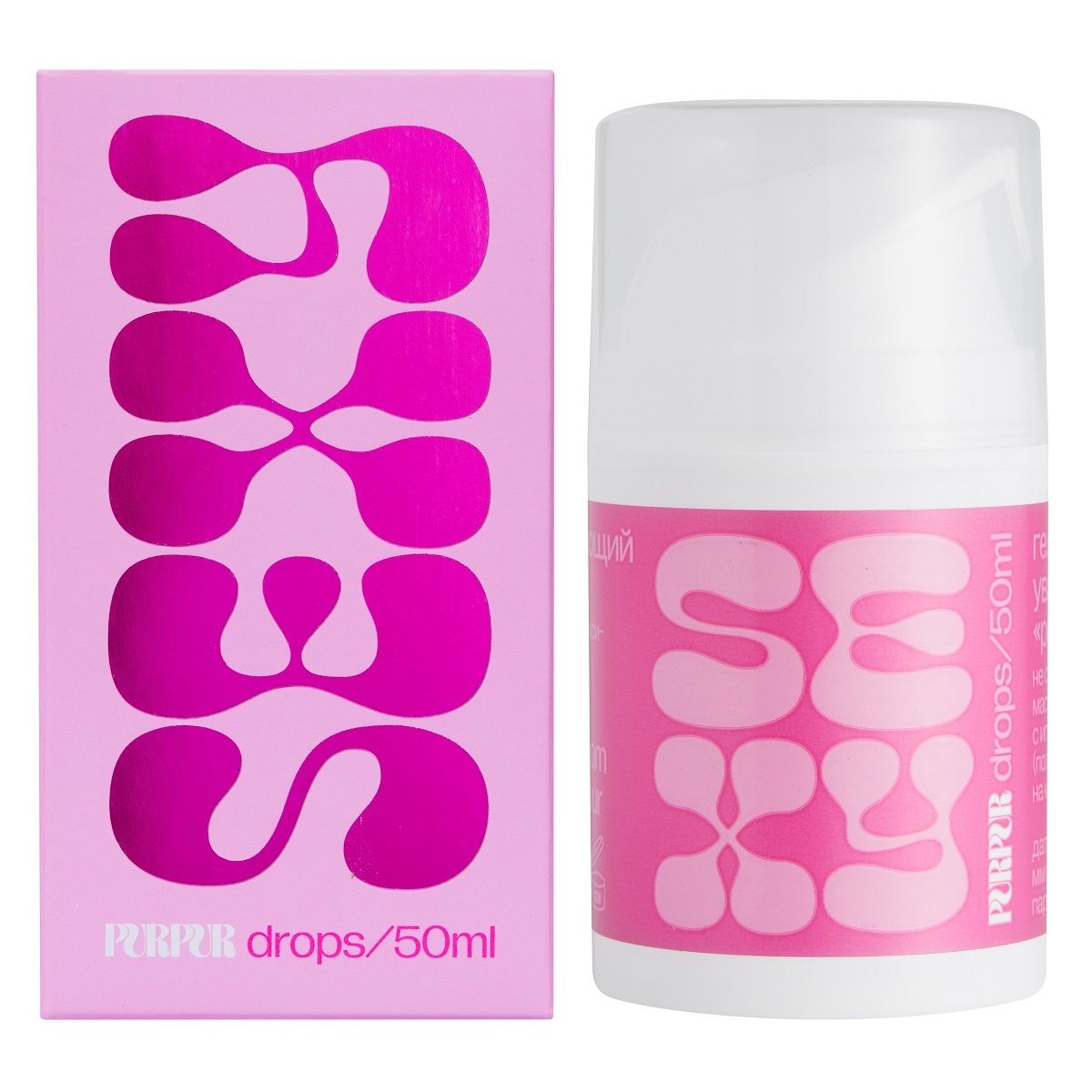
The Parasympathetic Pathway: Orchestrating Miosis
In contrast to the sympathetic system, the parasympathetic pathway is primarily responsible for pupil constriction. This pathway involves both afferent and efferent arms, creating a reflex arc that responds to light stimuli.
The Miosis Reflex Arc
- Afferent arm: Light activates retinal ganglion cells, transmitting signals via the optic nerve to the pretectal nucleus
- Efferent arm: Signals from the pretectal nucleus reach the Edinger-Westphal nucleus, which sends fibers to the ciliary ganglion
- Postganglionic neurons from the ciliary ganglion innervate the iris sphincter
This pathway allows for rapid pupil constriction in response to bright light, protecting the retina and optimizing visual acuity.
Mydriatic Drops: Mechanisms of Action
Mydriatic drops achieve pupil dilation through two primary mechanisms, each targeting a different aspect of the autonomic nervous system.
Parasympathetic Inhibition
Some mydriatic agents work by inhibiting the parasympathetic pathway to the iris sphincter. These drops antagonize the action of acetylcholine, a key neurotransmitter in the autonomic nervous system. By blocking acetylcholine from binding to muscarinic receptors in the iris sphincter, these drops cause the muscle to relax, resulting in mydriasis.
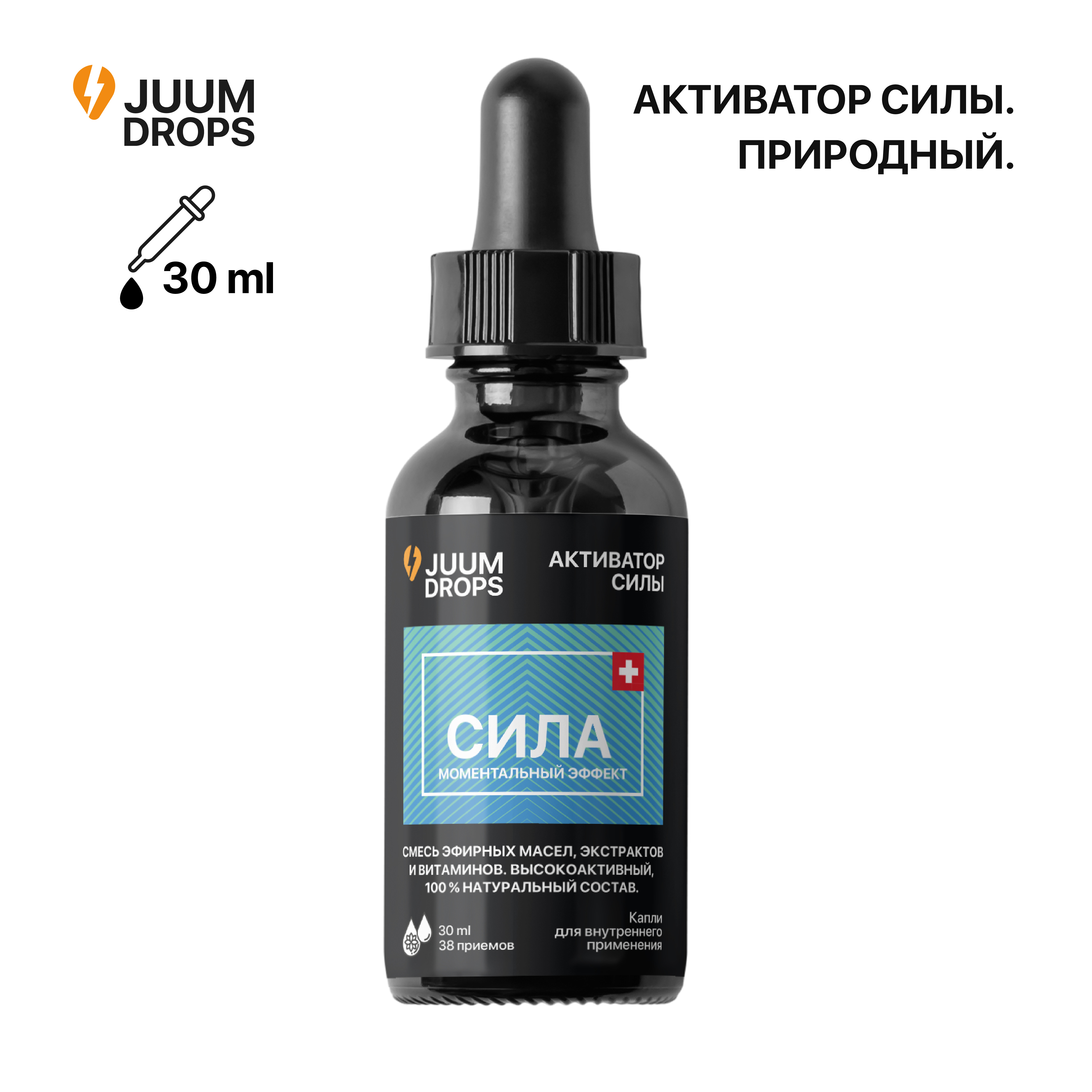
Sympathetic Stimulation
Other mydriatic drops enhance the sympathetic pathway to the iris dilator. These agents prevent the reuptake of norepinephrine, another crucial neurotransmitter. By increasing the availability of norepinephrine at the synapses, these drops stimulate alpha-one adrenergic receptors on the iris dilator, promoting muscle activation and pupil dilation.
Miotic Drops: Strategies for Pupil Constriction
Miotic drops employ similar strategies to mydriatic agents but with opposite goals. They aim to decrease pupil size through two main approaches.
Parasympathetic Stimulation
Some miotic drops mimic the action of acetylcholine, binding to muscarinic receptors on the iris sphincter. This stimulation causes the sphincter to contract, resulting in pupil constriction.
Sympathetic Inhibition
Other miotic agents work by inhibiting the sympathetic pathway to the iris dilator. By reducing sympathetic stimulation, these drops allow the parasympathetic system to dominate, leading to miosis.

Clinical Applications of Miotic and Mydriatic Drops
Optometrists regularly use miotic and mydriatic drops in their clinical practice for various diagnostic and therapeutic purposes.
Diagnostic Uses
- Dilated fundus examinations
- Assessment of accommodative function
- Evaluation of anterior segment structures
- Refraction in young patients
Therapeutic Applications
- Treatment of acute angle-closure glaucoma
- Management of uveitis
- Postoperative care following certain ocular surgeries
- Control of accommodation in certain refractive conditions
Understanding the specific indications and contraindications for these drops is crucial for safe and effective patient care.
Emerging Research and Future Directions
The field of pupil management in optometry is continually evolving, with ongoing research exploring new applications and refining existing techniques.
Novel Drug Delivery Systems
Researchers are investigating innovative methods for delivering miotic and mydriatic agents, such as sustained-release formulations and drug-eluting contact lenses. These advancements could improve patient compliance and reduce side effects associated with frequent drop administration.
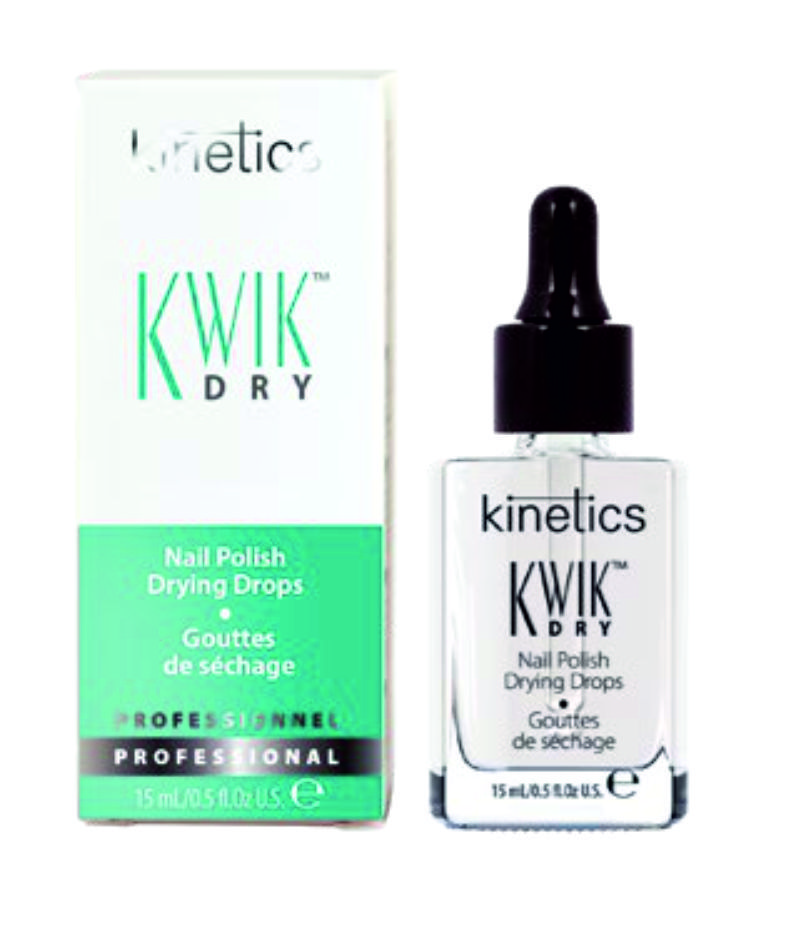
Combination Therapies
Studies are exploring the potential benefits of combining different miotic or mydriatic agents to achieve more precise pupil control with fewer side effects. This approach could lead to more tailored treatments for individual patients.
Neuroprotective Properties
Some miotic agents are being re-evaluated for their potential neuroprotective effects in conditions like glaucoma. This research could expand the therapeutic applications of these drugs beyond simple pupil management.
Safety Considerations and Side Effects
While miotic and mydriatic drops are generally safe when used appropriately, they can cause side effects and may be contraindicated in certain conditions.
Common Side Effects
- Temporary blurred vision
- Light sensitivity
- Eye irritation or discomfort
- Headache (particularly with miotic drops)
Contraindications
Certain mydriatic drops may be contraindicated in patients with:
- Narrow-angle glaucoma or anatomically narrow angles
- History of adverse reactions to mydriatic agents
- Certain cardiovascular conditions (for sympathomimetic agents)
Miotic drops may be contraindicated in cases of:

- Inflammatory conditions of the anterior segment
- Certain types of retinal detachment
- Known hypersensitivity to the active ingredients
Optometrists must carefully consider these factors when selecting and administering pupil-modifying drops.
Patient Education and Informed Consent
Proper patient education is crucial when using miotic or mydriatic drops in clinical practice. Optometrists should discuss the following points with their patients:
Explaining the Procedure
- Purpose of the drops
- Expected duration of effect
- Potential side effects and how to manage them
- Importance of following post-procedure instructions
Addressing Patient Concerns
Can patients drive after receiving mydriatic drops? In most cases, patients should arrange for alternative transportation after receiving mydriatic drops, as their vision may be significantly affected for several hours.
How long will the effects of the drops last? The duration of effect varies depending on the specific agent used and individual patient factors. Patients should be informed of the expected timeline and advised to contact the clinic if effects persist longer than anticipated.
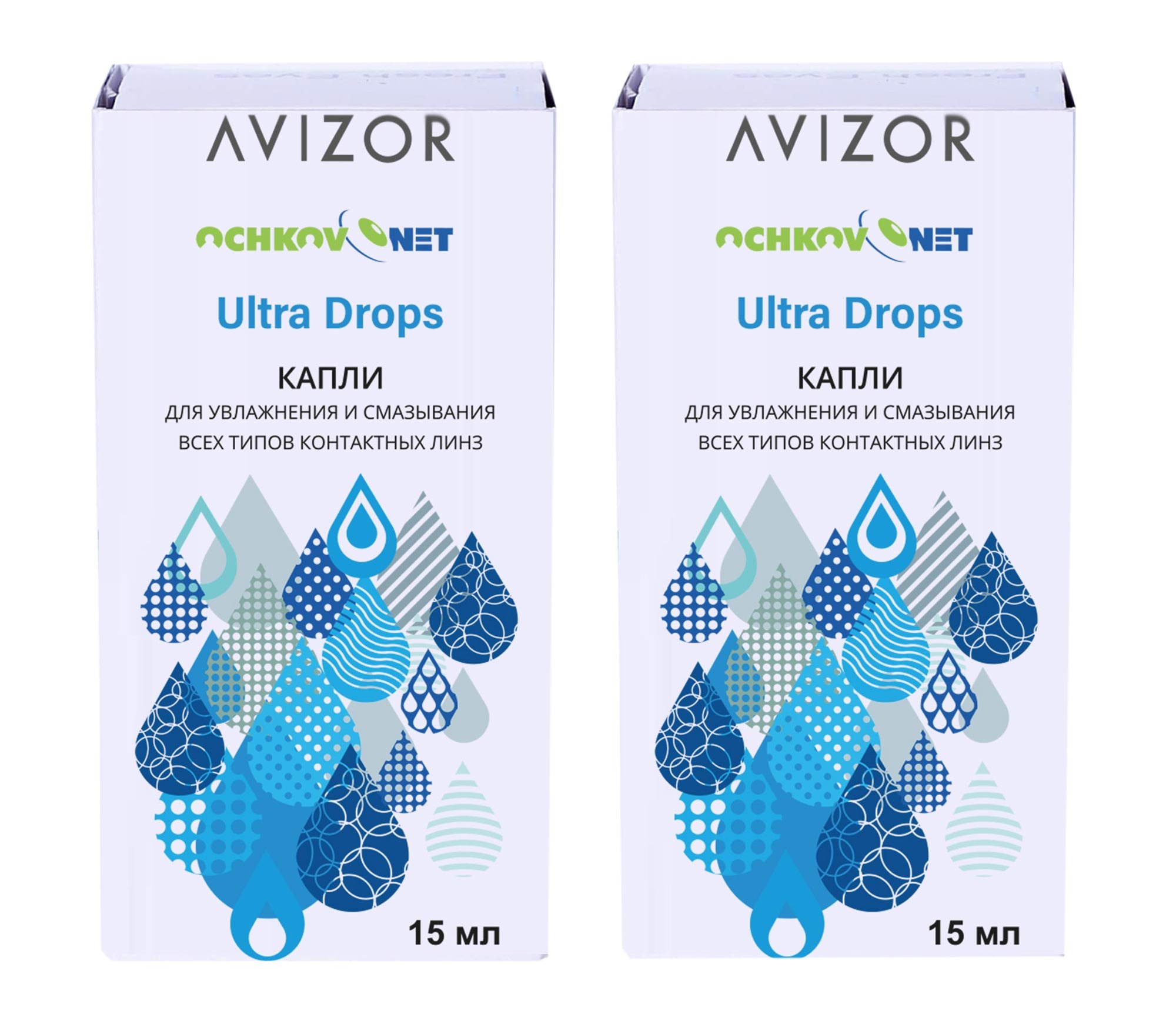
Are there any activities patients should avoid after receiving these drops? Patients should be advised to avoid activities requiring clear near vision or exposure to bright light until the effects of the drops have worn off.
Conclusion: The Art and Science of Pupil Management
Miotic and mydriatic drops are essential tools in the optometrist’s arsenal, allowing for precise control of pupil size for various diagnostic and therapeutic purposes. Understanding the complex neuroanatomy and pharmacology behind these agents is crucial for their safe and effective use in clinical practice.
As research in this field continues to advance, optometrists can look forward to even more refined techniques and expanded applications for pupil management. By staying informed about the latest developments and maintaining a thorough understanding of the underlying mechanisms, eye care professionals can continue to provide optimal care for their patients’ visual health.
The delicate balance between miosis and mydriasis, mediated by the intricate dance of the autonomic nervous system, remains a fascinating area of study in optometry. As we continue to unravel the complexities of pupil control, we open new avenues for diagnosis, treatment, and patient care, ensuring that the field of optometry remains at the forefront of ocular health management.

Managing Miotics and Mydriatics
Optometrists are well-acquainted with the two opposing muscles in the iris, the sphincter and the dilator, as we witness their effects daily in clinical practice. Pupil constriction (miosis) can either be stimulated by contraction of the iris sphincter or by relaxation of the iris dilator. On the other hand, pupil dilation (mydriasis) can either be stimulated by contraction of the iris dilator or by relaxation of the iris sphincter.
Miotic and mydriatic drops work by acting on these different muscles of the iris. The drops are able to control pupil size by targeting two parts of the autonomic nervous system: the sympathetic and parasympathetic systems. Let’s review their function and clinical role to better understand their present uses and why some of these agents are undergoing re-evaulation for potential new ones.
Behind the Scenes
The sympathetic pathway, mainly responsible for pupil mydriasis, involves a three-neuron pathway. 1,2 The first neuron begins in the hypothalamus and descends through the midbrain to synapse onto a specific area of the spinal cord, known as the ciliospinal center of Budge. This synapse is located between the C8 and T2 vertebrae. The second neuron, which is the preganglionic neuron, exits the spinal cord, ascends through the thorax and synapses near the apex of the lung into the superior cervical ganglion. The third postganglionic neuron travels to the cavernous sinus and enters the orbit through the short and long ciliary nerves, synapsing to the iris dilator.1,2
1,2 The first neuron begins in the hypothalamus and descends through the midbrain to synapse onto a specific area of the spinal cord, known as the ciliospinal center of Budge. This synapse is located between the C8 and T2 vertebrae. The second neuron, which is the preganglionic neuron, exits the spinal cord, ascends through the thorax and synapses near the apex of the lung into the superior cervical ganglion. The third postganglionic neuron travels to the cavernous sinus and enters the orbit through the short and long ciliary nerves, synapsing to the iris dilator.1,2
Contrarily, the parasympathetic pathway is mainly responsible for pupil miosis.1,3 Pupil constriction starts when light enters the retina and activates the retinal ganglion cells—the beginning of the afferent arm—which then transmit their impulses into the optic nerve. This stimulus travels to the optic chiasm, through the optic tract and eventually reaches the pretectal nucleus. The impulses from the pretectal nucleus begin the efferent arm, which projects to the Edinger-Westphal nucleus.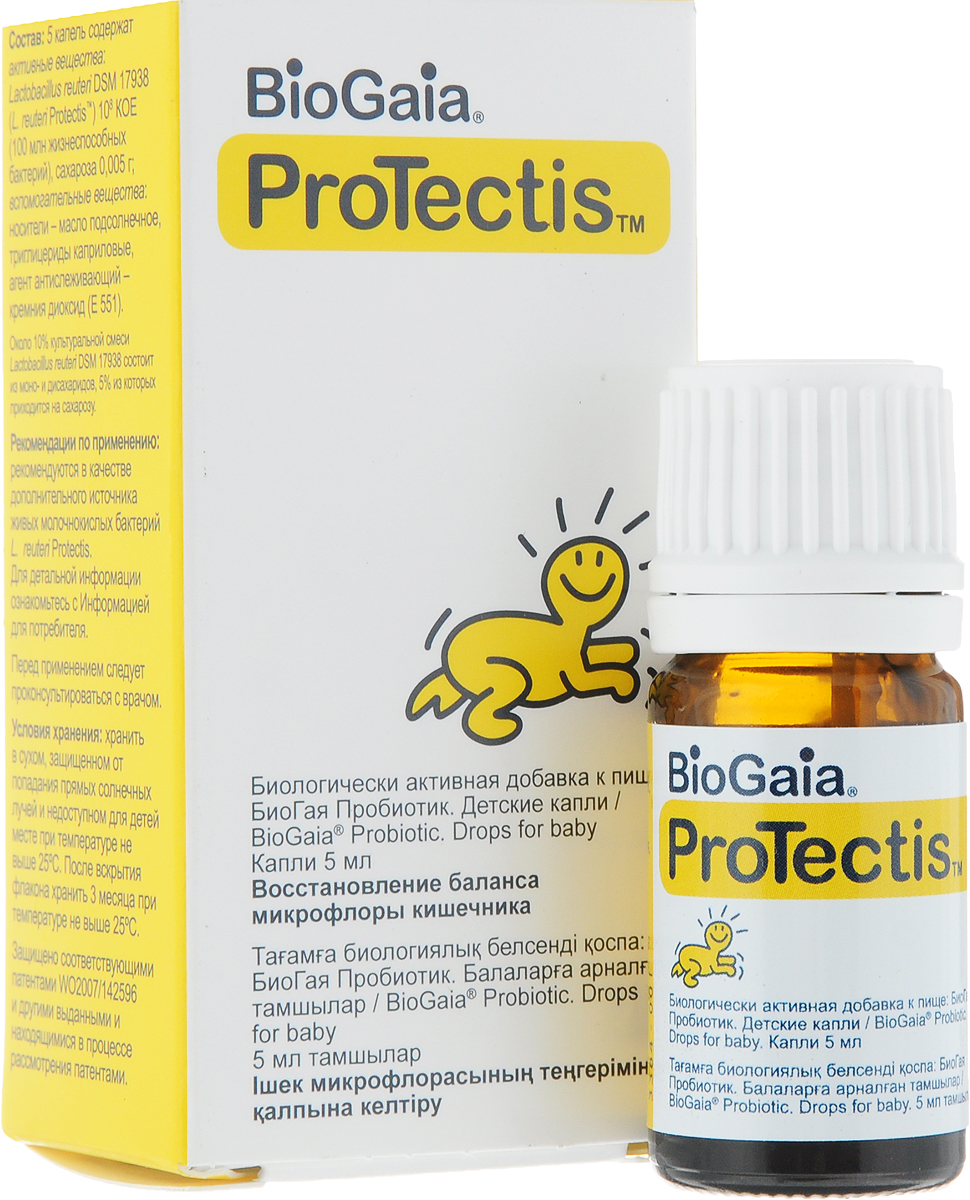 The Edinger-Westphal nucleus gives rise to preganglionic fibers, which then synapse with postganglionic neurons in the ciliary ganglion. Postganglionic neurons leave the ciliary ganglion to innervate the iris sphincter.1,3
The Edinger-Westphal nucleus gives rise to preganglionic fibers, which then synapse with postganglionic neurons in the ciliary ganglion. Postganglionic neurons leave the ciliary ganglion to innervate the iris sphincter.1,3
Tropicamide has a strong mydriatic effect. Click image to enlarge. |
Behind the Scenes
The sympathetic pathway, mainly responsible for pupil mydriasis, involves a three-neuron pathway.1,2 The first neuron begins in the hypothalamus and descends through the midbrain to synapse onto a specific area of the spinal cord, known as the ciliospinal center of Budge. This synapse is located between the C8 and T2 vertebrae. The second neuron, which is the preganglionic neuron, exits the spinal cord, ascends through the thorax and synapses near the apex of the lung into the superior cervical ganglion. The third postganglionic neuron travels to the cavernous sinus and enters the orbit through the short and long ciliary nerves, synapsing to the iris dilator.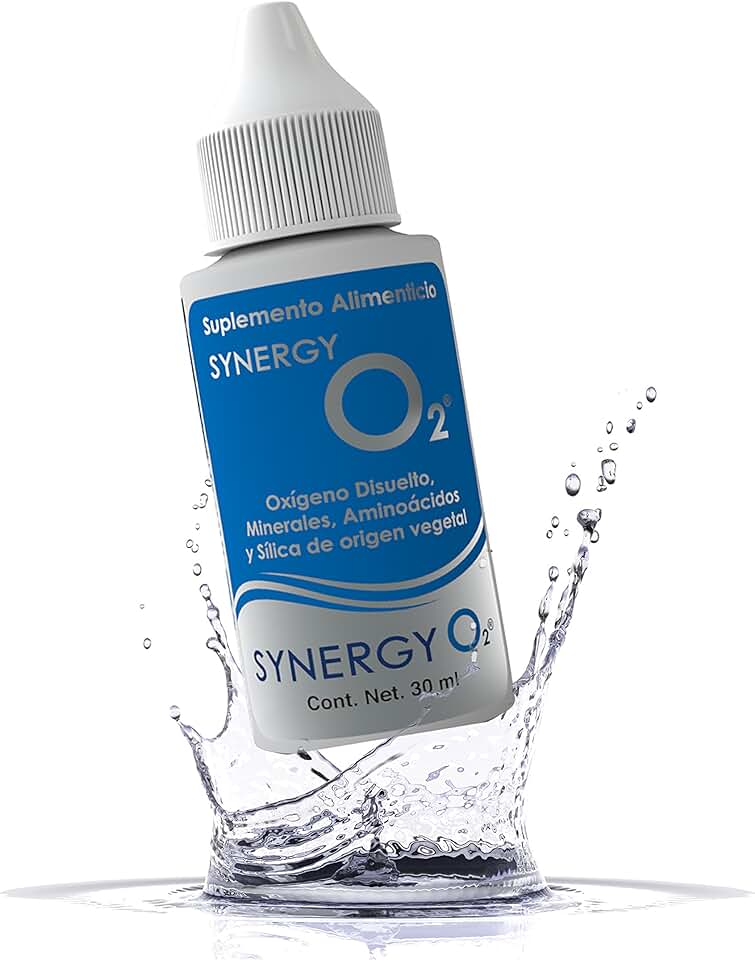 1,2
1,2
Contrarily, the parasympathetic pathway is mainly responsible for pupil miosis.1,3 Pupil constriction starts when light enters the retina and activates the retinal ganglion cells—the beginning of the afferent arm—which then transmit their impulses into the optic nerve. This stimulus travels to the optic chiasm, through the optic tract and eventually reaches the pretectal nucleus. The impulses from the pretectal nucleus begin the efferent arm, which projects to the Edinger-Westphal nucleus. The Edinger-Westphal nucleus gives rise to preganglionic fibers, which then synapse with postganglionic neurons in the ciliary ganglion. Postganglionic neurons leave the ciliary ganglion to innervate the iris sphincter.1,3
Mydriatic drops work by either inhibiting the parasympathetic pathway to the iris sphincter or by promoting the sympathetic pathway to the iris dilator. Drops that antagonize the parasympathetic pathway block acetylcholine, a neurotransmitter of the autonomic nervous system, from reaching muscarinic receptors, which are located within the iris sphincter.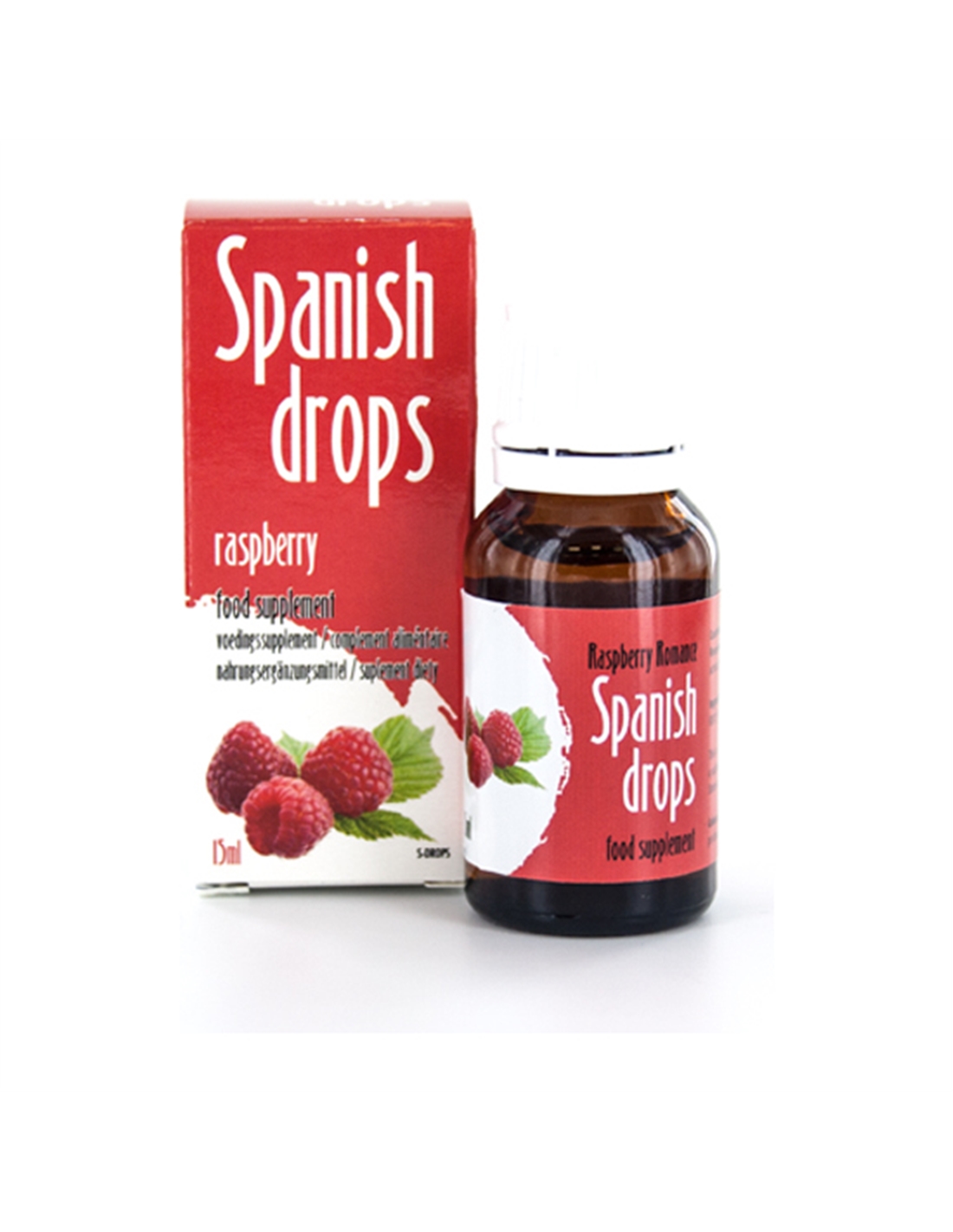 1,4 This leads to relaxation of the iris sphincter and promotes mydriasis.
1,4 This leads to relaxation of the iris sphincter and promotes mydriasis.
On the other hand, mydriatic drops that promote the sympathetic pathway prevent the reuptake of norepinephrine, another neurotransmitter of the autonomic nervous system, from the synapse.1 This allows more norepinephrine to bind to alpha-one adrenergic receptors on the iris dilator, stimulating the activation of the iris dilator and leading to mydriasis.
Miotic drops work by either promoting the parasympathetic pathway to the iris sphincter or by inhibiting the sympathetic pathway to the iris dilator.1,5 Taking the former route, these drops mimic the activity of acetylcholine, and when they bind to muscarinic receptors, the iris sphincter contracts and pupil size decreases.
Drops that inhibit the sympathetic pathway can also stimulate pupil miosis. These drops selectively bind to alpha-two adrenergic receptors, which are responsible for decreasing the sympathetic tone.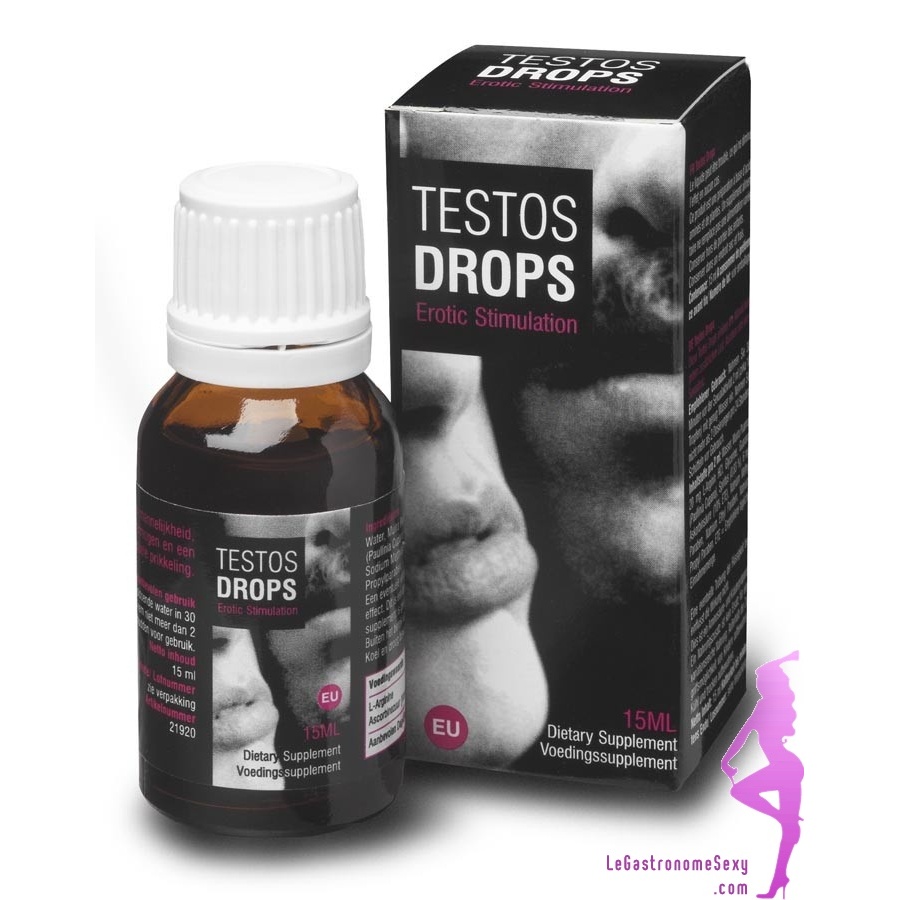 These receptors are located on the iris dilator, which when activated leads to a decrease in the amount of norepinephrine released into the synapse. This reduces the sympathetic tone on the iris dilator and encourages pupil miosis.
These receptors are located on the iris dilator, which when activated leads to a decrease in the amount of norepinephrine released into the synapse. This reduces the sympathetic tone on the iris dilator and encourages pupil miosis.
Cyclopentolate can effectively inhibit accommodation to help treat amblyopia and anterior uveitis. Click image to enlarge. |
Miotic Drops
These drops can be used for a number of things, including diagnosis of pupil abnormalities (e.g., Adie’s tonic pupil) and treatment of ocular hypertension, acute angle closure, dry eye and post-surgical glare.3 Exercise caution or avoid use altogether in patients who are pregnant, breastfeeding or at risk of retinal detachment. The following are several established drops and associated clinical pearls of each:
Parasympathomimetics. Pilocarpine is a miotic drop that is used primarily to treat ocular hypertension. 6 It can effectively lower intraocular pressure (IOP) and is easily accessible. However, it can also induce myopic shifts and precipitate retinal detachments. For these reasons, pilocarpine is not commonly used in general practice.
6 It can effectively lower intraocular pressure (IOP) and is easily accessible. However, it can also induce myopic shifts and precipitate retinal detachments. For these reasons, pilocarpine is not commonly used in general practice.
Pilocarpine is a direct muscarinic acetylcholine agonist, or a parasympathomimetic. It binds to the M3 muscarinic receptor, an excitatory receptor in the iris sphincter and ciliary body. This leads to an upregulation of calcium and smooth muscle contraction of the iris sphincter and ciliary body. The contraction of the iris sphincter causes the pupil to decrease in size, and the contraction of the ciliary body opens the trabecular meshwork, decreasing IOP by enhancing aqueous outflow.
Sympathomimetics. Brimonidine and apraclonidine are miotic drops that are typically used to lower IOP and assist with post-surgical glare, ocular redness and diagnosis of pupil abnormalities (e.g., Horner’s syndrome).7 These drops are able to rapidly lower IOP and are readily available. They are contraindicated in patients with underlying asthma and those taking MAO inhibitors. They are also more strongly associated with allergic reactions.
They are contraindicated in patients with underlying asthma and those taking MAO inhibitors. They are also more strongly associated with allergic reactions.
Both of these drops exhibit selective alpha-two adrenergic agonist activity. They bind directly to alpha-two adrenergic receptors, which are inhibitory receptors of the sympathetic system. These receptors are present on the iris dilator, ciliary body and conjunctival blood vessels. They cause a downregulation of cAMP and a decrease in the sympathetic tone, leading to iris dilator relaxation, increasing uveoscleral outflow and decreasing aqueous production and vasoconstriction.
Phenylephrine should not be the sole drop used for dilated fundus examination, as it has a weaker mydriatic effect. Click image to enlarge. |
Mydriatic Drops
These drops can be used to perform dilated fundus examination, diagnose pupil abnormalities (e. g., Horner’s syndrome), treat anterior uveitis and engage in pharmacological penalization for amblyopia.2 Exercise caution or completely avoid use in patients who are pregnant or breastfeeding and in those who have anatomically narrow angles. The following are several established drops and associated clinical pearls of each:
g., Horner’s syndrome), treat anterior uveitis and engage in pharmacological penalization for amblyopia.2 Exercise caution or completely avoid use in patients who are pregnant or breastfeeding and in those who have anatomically narrow angles. The following are several established drops and associated clinical pearls of each:
Parasympatholytics. Tropicamide, cyclopentolate and atropine are all mydriatic drops that are traditionally used for dilated fundus examination, paralysis of accommodation, anterior uveitis treatment, myopia control and pharmacological penalization for amblyopia treatment.8-10
Tropicamide is typically used for dilated fundus exam, paralysis of accommodation and anterior uveitis treatment. It has a strong mydriatic effect, rapid onset and shorter duration of action in comparison with cyclopentolate and atropine. Its disadvantages include its ineffectiveness at inhibiting accommodation and its side effects of light sensitivity and blurred vision.
Cyclopentolate is commonly used to inhibit accommodation and treat amblyopia and anterior uveitis. It is effective at accommodation paralysis. On the other hand, it has a long onset of action, long duration of action and side effect profile that includes light sensitivity and blurred vision. The long duration of action makes this a viable drop of choice for anterior uveitis treatment to prevent anterior synechiae.
Similar to cyclopentolate, atropine is traditionally used to inhibit accommodation, manage amblyopia, treat anterior uveitis and provide myopia control. It has a strong mydriatic effect and is effective at inhibiting accommodation and slowing the progression of myopia. Its disadvantages mirror those of cyclopentolate.
The mechanism of action of each of these drops is identical: they all have direct antimuscarinic activity. They competitively bind to muscarinic receptors on the iris sphincter and ciliary body and inhibit their activity. This results in a downregulation of calcium and induces smooth muscle relaxation of the iris sphincter and ciliary body.
Sympathomimetics. Phenylephrine is a mydriatic drop that is traditionally used for dilated fundus examination, ocular redness relief and diagnosis of pupil abnormalities (e.g., Horner’s syndrome).11 It has a rapid onset of action and is easily accessible. However, it has a weak mydriatic effect and should not be used alone for dilated fundus examination.
Phenylephrine promotes the sympathetic pathway as a selective alpha-one adrenergic receptor agonist. Alpha-one receptors are excitatory receptors of the sympathetic system and reside in the iris dilator and conjunctival blood vessels. Activation of these receptors causes an upregulation of cAMP, which leads to iris dilator contraction and vasoconstriction.
Sympathomimetics and parasympatholytics. Paremyd (hydroxyamphetamine 1% and tropicamide 0.25%, Akorn) is a mydriatic that is traditionally used for dilated fundus examination.12 It has a rapid onset of action, reduced effect on accommodation and shorter duration of action.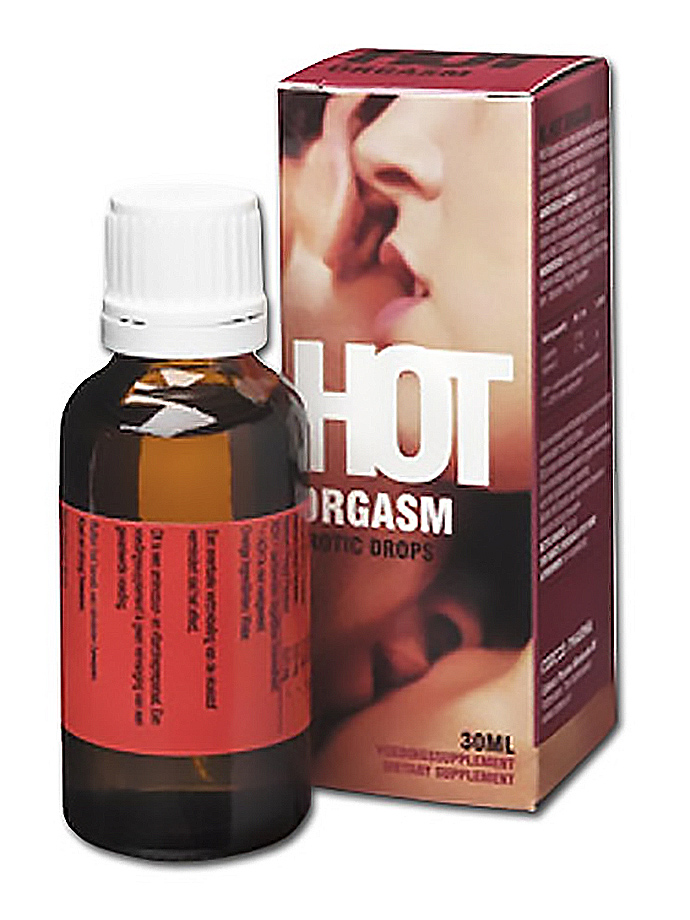 Its disadvantages include a reduced mydriatic effect on dark irides, decreased ability to inhibit accommodation and a side effect profile that includes light sensitivity and blurred vision.
Its disadvantages include a reduced mydriatic effect on dark irides, decreased ability to inhibit accommodation and a side effect profile that includes light sensitivity and blurred vision.
Hydroxyamphetamine acts as an adrenergic agonist and blocks the breakdown of norepinephrine. This increases the sympathetic tone and indirectly initiates contraction of the iris dilator. Tropicamide has antimuscarinic activity and inhibits the muscarinic receptors on the iris sphincter, leading to pupil dilation.
In the Pipeline
The exploration of pharmaceutical advancements in the areas of myopia control, presbyopia and dilation is on the rise.
Myopia. The increasing prevalence of myopia worldwide and its associated risk factors have led to a public health crisis. Historically, orthokeratology has been a leading option for slowing myopic progression, but ophthalmic drops are catching up and may potentially surpass this modality. Treatment with low-dose atropine has been increasing in popularity as more evidence continues to show its effectiveness. The Atropine for the Treatment of Myopia studies (ATOM 1 and ATOM 2) demonstrated the effectiveness of low-dose atropine. The investigators found that if the concentration of atropine is low enough, it is possible to avoid side effects of photophobia and blurred vision while still controlling myopic progression.13,14 The Low-Concentration Atropine for Myopia Progression (LAMP) study showed that 0.05% atropine had the most profound effect on minimizing myopic progression and axial elongation compared with 0.01% and 0.025%.15
The Atropine for the Treatment of Myopia studies (ATOM 1 and ATOM 2) demonstrated the effectiveness of low-dose atropine. The investigators found that if the concentration of atropine is low enough, it is possible to avoid side effects of photophobia and blurred vision while still controlling myopic progression.13,14 The Low-Concentration Atropine for Myopia Progression (LAMP) study showed that 0.05% atropine had the most profound effect on minimizing myopic progression and axial elongation compared with 0.01% and 0.025%.15
Furthermore, new clinical studies are looking into the effectiveness of combination treatments for myopia control. The Bifocal and Atropine in Myopia (BAM) study is assessing the pharmacological effect of 0.01% atropine with the optical effect of soft bifocal contact lenses.16 Studies like these could lead to additional novel strategies to either optimize or provide greater slowing of myopia progression than single-treatment strategies.
Paremyd is commonly the drop of choice for pupil dilation. Click image to enlarge. |
Presbyopia. Another area of focus for pharmaceutical companies has been developing noninvasive treatments for presbyopia. The race to develop effective treatments for the underlying cause of symptoms is underway.
One of the most interesting avenues of presbyopia treatment involves the use of topical drops to alter the pupil size to aid near vision. The challenge with miotic drops is avoiding too much pupil constriction, as this can have a negative impact on distance vision, night vision and even visual field. The key to a productive presbyopia drop is finding the miosis “sweet spot.”
Allergan is in the process of developing a presbyopic drop known as AGN-190584, which consists of an optimized formulation of pilocarpine, a muscarinic receptor agonist, the activation of which causes the iris sphincter and ciliary body to contract. This can enhance depth of focus and promote accommodation.17
This can enhance depth of focus and promote accommodation.17
Another company, Orasis, is also developing a miotic drop to constrict the pupil, known as CSF-1. Its complete composition has not yet been released, but it appears to be a combination of a parasympathomimetic agent and a nonsteroidal anti-inflammatory agent in an oil-based vehicle.18
In addition, Presbyopia Therapies is developing a presbyopic drop, called Liquid Vision, that produces miosis without stimulating accommodation. Rather than using pilocarpine, the active ingredient is aceclidine, which has a different mechanism of action that may provide a greater depth of field than pilocarpine.19
Visus Therapeutics is using a combination of ingredients to achieve a similar effect. Brimochol is a once-daily drop that combines carbachol and brimonidine tartrate to provide functional near vision for at least eight hours.20
While recent pharmaceutical strategies for presbyopia focus on altering pupil size and the ciliary body, others are investigating targeted approaches to alter the crystalline lens.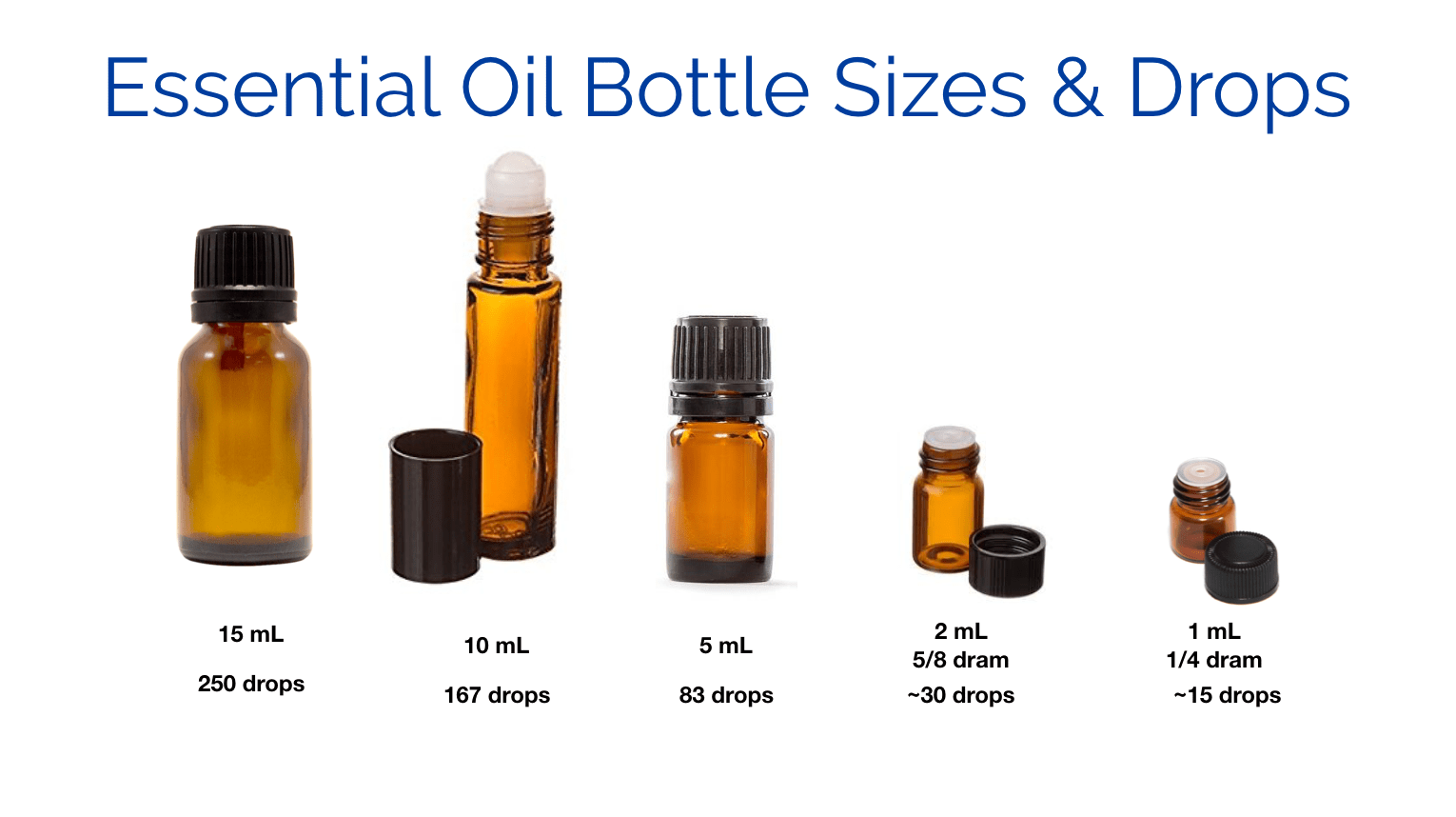 Studies have suggested that the formation of disulfide bonds within the crystalline lens restricts the ability of the lens to change shape in response to ciliary muscle contraction.21 Due to its decline in flexibility with age, altering the lens shape could be a future avenue for novel treatment strategies.
Studies have suggested that the formation of disulfide bonds within the crystalline lens restricts the ability of the lens to change shape in response to ciliary muscle contraction.21 Due to its decline in flexibility with age, altering the lens shape could be a future avenue for novel treatment strategies.
Routine dilation. Newer mydriatic drops for routine dilation did not exist until recently. Eyenovia is nearing FDA approval for its new drop, MydCombi, which contains a fixed combination of phenylephrine and tropicamide. The drop would be the first microdosed ocular therapeutic that contains a smart delivery system. According to the company, Eyenovia’s Optejet dispenser is designed to provide a consistent, efficient and easy touchless application of two mydriatic medications. The bottle design of MydCombi contains no protruding parts, which can help prevent accidental interaction with the ocular surface.22
Reverse dilation. Currently, there are no FDA-approved drops to reverse pharmacological dilation. Ocuphire Pharma is currently developing an option that counteracts the side effects of routine pupil dilation. The drop, Nyxol (phentolamine 0.75%), is currently undergoing clinical trials to determine its safety and efficacy.
Currently, there are no FDA-approved drops to reverse pharmacological dilation. Ocuphire Pharma is currently developing an option that counteracts the side effects of routine pupil dilation. The drop, Nyxol (phentolamine 0.75%), is currently undergoing clinical trials to determine its safety and efficacy.
With a drop like this, subjects may be able to return to near baseline pupil diameter and accommodation within two hours, independent of the mydriatic agent used. Patients commonly defer routine dilation due to the long-lasting and disruptive side effects. If Nyxol shows promise, it could offer a novel solution to significantly improve the patient experience when it comes to routine dilation.23
Take-home Message
The autonomic nervous system plays an important role in managing pupil size. Parasympathetic and sympathetic innervation compete for control over the pupil. The sympathetic system dilates it, while the parasympathetic system constricts it. The diameter of the pupil at any time reflects the balance of these two forces acting simultaneously.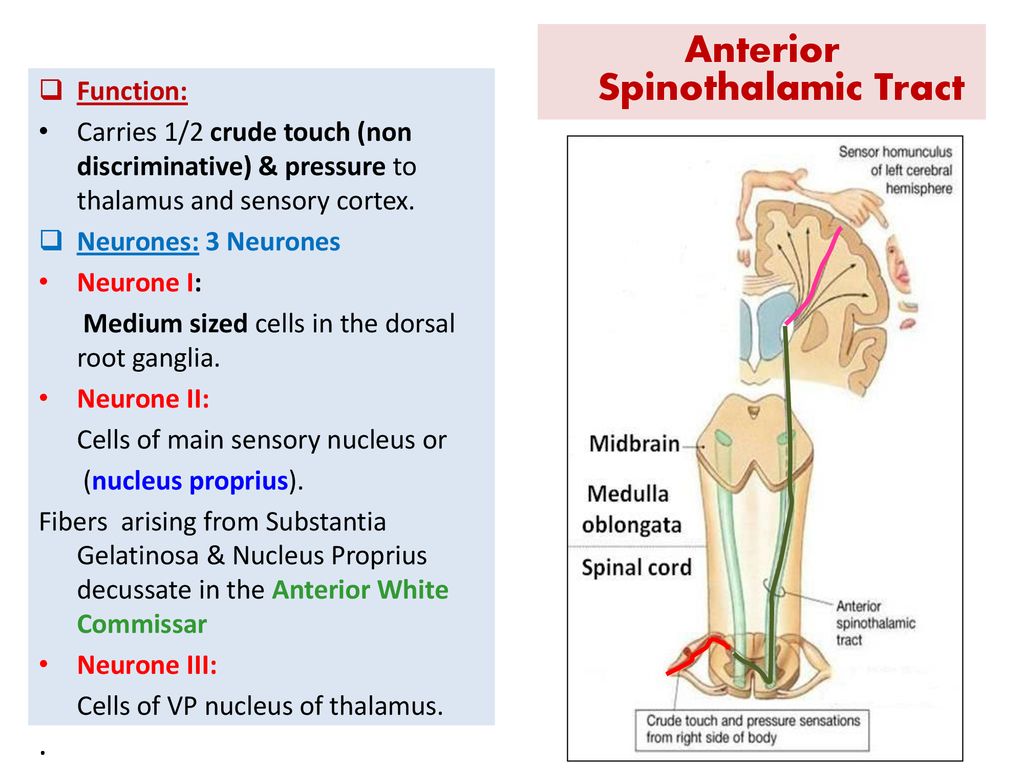
The pupil response to miotic and mydriatic drops is directly dependent on which of these two autonomic systems is activated or inhibited. These drops continue to play a pivotal role in clinical practice, with new alternatives paving the way for treatments that were previously unavailable.
Dr. Asnaashari graduated from the UC Berkeley School of Optometry in 2018. He is a therapeutic- and glaucoma-certified optometrist in Sacramento, CA, and a Fellow of the American Academy of Optometry. One of his areas of expertise is specialty contact lenses. He has no financial interests to disclose.
1. McDougal DH, Gamlin PD. Autonomic control of the eye. Compr Physiol. 2015;5(1):439-73. 2. Lykstad J, Reddy V, Hannah A. Neuroanatomy, Pupillary Dilation Pathway. In: StatPearls [Internet]. Treasure Island, FL: StatPearls Publishing; 2020. 3. Belliveau AP, Somani AN, Dossani RH. Pupillary Light Reflex. In: StatPearls [Internet]. Treasure Island, FL: StatPearls Publishing; 2020. 4. Smith SV, Dake BA, Panneerselvam S. Pharmacologic dilation of pupil. EyeWiki. eyewiki.aao.org/Pharmacologic_dilation_of_pupil. December 29, 2020. Accessed March 17, 2021. 5. Harvey RD. Muscarinic receptor agonists and antagonists: effects on cardiovascular function. Handb Exp Pharmacol. 2012;(208):299-316. 6. Panarese V, Moshirfar M. Pilocarpine. In: StatPearls [Internet]. Treasure Island, FL: StatPearls Publishing; 2020. 7. Yüksel N, Karabaş L, Altintaş O, et al. A comparison of the short-term hypotensive effects and side effects of unilateral brimonidine and apraclonidine in patients with elevated intraocular pressure. Ophthalmologica. 2002;216:45-9. 8. Alimgil ML, Erda N. The cycloplegic effect of atropine in comparison with the cyclopentolate-tropicamide-phenylephrine combination. Klin Monbl Augenheilkd. 1992;201(1):9-11. 9. Wallace DK, Repka MX, Lee KA, et al. Amblyopia preferred practice pattern. Ophthalmology. 2018;125(1):P105-42. 10. 11. Matsumoto S, Tsuru T, Araie M, et al. Pharmacokinetics of topical phenylephrine hydrochloride in the normal human eye. Jap J Ophthalmol. 1981;26(3):338-44. 12. Bartlett JD, Janus SD. Clinical Ocular Pharmacology. 5th edition. St. Louis, MO: Butterworth-Heinemann; 2008. 13. Chua WH, Balakrishnan V, Chan YH, et al. Atropine for the treatment of childhood myopia. Ophthalmology. 2006;113:2285-91. 14. Chia A, Chua WH, Cheung YB, et al. Atropine for the treatment of childhood myopia: safety and efficacy of 0.5%, 0.1%, and 0.01% doses (atropine for the treatment of myopia 2). Ophthalmology. 2012;119:347-54. 15. Yam JC, Jiang Y, Tang SM, et al. Low-Concentration Atropine for Myopia Progression (LAMP) study: a randomized, double-blinded, placebo-controlled trial of 0.05%, 0.025%, and 0.01% atropine eye drops in myopia control. Ophthalmology. 16. Huang J, Mutti DO, Jones-Jordan LA, et al. Bifocal & atropine in myopia study: baseline data and methods. Optom Vis Sci. 2019;96(5):335-44. 17. Phase 3 efficacy study of AGN-190584 in participants with presbyopia. Allergan. www.allerganclinicaltrials.com/en/trial-details/?id=1883-301-013. Accessed March 23, 2021. 18. CSF-1 overview. Orasis. www.orasis-pharma.com/our-solution/csf-1-overview/. Accessed March 23, 2021. 19. Lipner M. A unique drop. EyeWorld. October 2014. www.eyeworld.org/article-a-unique-drop. Accessed March 23, 2021. 20. Visus Therapeutics announces FDA acceptance of IND to proceed with clinical development of presbyopia-correcting eye drop. Eyewire News. March 16, 2021. eyewire.news/articles/visus-therapeutics-announces-fda-acceptance-of-ind-for-presbyopia-correcting-eye-drop/. Accessed March 23, 2021. 21. Garner WH, Garner MH. Protein disulfide levels and lens elasticity modulation: applications for presbyopia. 22. Eyenovia announces FDA acceptance of the MydCombi NDA. Business Wire. March 2, 2021. www.businesswire.com/news/home/20210302005329/en/. Accessed March 23, 2021. 23. Ocuphire announces publication of MIRA-1 Phase 2b results demonstrating reduction of pharmacologically induced mydriasis by Nyxol. Eyewire News. March 5, 2021. eyewire.news/articles/ocuphire-announces-publication-of-mira-1-phase-2b-results-demonstrating-reduction-of-pharmacologically-induced-mydriasis-by-nyxol/. Accessed March 23, 2021. |
Miotics: side effects and ways to avoid them
. 1982 Jan;89(1):76-80.
doi: 10.1016/s0161-6420(82)34866-6.
T J Zimmerman, T M Wheeler
PMID:
7070779
DOI:
10.
 1016/s0161-6420(82)34866-6
1016/s0161-6420(82)34866-6
T J Zimmerman et al.
Ophthalmology.
1982 Jan.
. 1982 Jan;89(1):76-80.
doi: 10.1016/s0161-6420(82)34866-6.
Authors
T J Zimmerman, T M Wheeler
PMID:
7070779
DOI:
10.1016/s0161-6420(82)34866-6
Abstract
Pilocarpine, a parasympathomimetic drug used in the treatment of glaucoma, produces a variety of ocular and systemic adverse reactions. Ocular side effects include miosis, accommodative spasm, frontal headaches, twitching lids, conjunctival injection, cataractous changes, allergic reactions, iris cysts, retinal detachment, increased permeability of the blood-aqueous barrier, anterior chamber narrowing, and the potential for inducing an acute angle-closure attack. Systemic side effects include nausea, vomiting, tenesmus, abdominal spasm, salivation, lacrimation, sweating, pulmonary edema, and bronchial spasm. The systemic side effects can best be minimized initially through proper use of the medication and nasolacrimal occlusion. The Ocusert, a long-acting pilocarpine-incorporated ocular insert, is a recent advance in delivery technique that offers an adequate hypotensive action with fewer side effects. Pilopex is a promising new experimental pilocarpine polymer salt presently being studied in Israel. Photomydriasis, a process involving the use of a laser to enlarge miotic pupils also offers help for these patients. N-demethylated carbachol is a new parasympathomimetic drug currently under study for glaucoma therapy. Initial results show that it may have considerable ocular hypotensive action with fewer adverse effects.
Systemic side effects include nausea, vomiting, tenesmus, abdominal spasm, salivation, lacrimation, sweating, pulmonary edema, and bronchial spasm. The systemic side effects can best be minimized initially through proper use of the medication and nasolacrimal occlusion. The Ocusert, a long-acting pilocarpine-incorporated ocular insert, is a recent advance in delivery technique that offers an adequate hypotensive action with fewer side effects. Pilopex is a promising new experimental pilocarpine polymer salt presently being studied in Israel. Photomydriasis, a process involving the use of a laser to enlarge miotic pupils also offers help for these patients. N-demethylated carbachol is a new parasympathomimetic drug currently under study for glaucoma therapy. Initial results show that it may have considerable ocular hypotensive action with fewer adverse effects.
Similar articles
Miotic drugs: a review of ocular, visual, and systemic complications.

Rengstorff R, Royston M.
Rengstorff R, et al.
Am J Optom Physiol Opt. 1976 Feb;53(2):70-80.
Am J Optom Physiol Opt. 1976.PMID: 1084694
Glaucoma, miotic therapy and cataract. 3. Visual loss due to lens changes in glaucoma eyes treated with paraoxon (Mintacol), echothiophate (phospholine iodide) or pilocarpine.
Axelsson U.
Axelsson U.
Acta Ophthalmol (Copenh). 1968;46(4):831-45. doi: 10.1111/j.1755-3768.1968.tb02883.x.
Acta Ophthalmol (Copenh). 1968.PMID: 5755701
No abstract available.
Miotics.
Kanski JJ.
Kanski JJ.
Br J Ophthalmol. 1968 Dec;52(12):936-7. doi: 10.1136/bjo.52.12.936.
Br J Ophthalmol. 1968.PMID: 5750171
Free PMC article.No abstract available.

[Adverse effects of local medical treatment in glaucoma].
Ourgaud AG.
Ourgaud AG.
Annee Ther Clin Ophtalmol. 1968;19:79-108.
Annee Ther Clin Ophtalmol. 1968.PMID: 4917860
Review.
French.
No abstract available.Pharmacological therapy for glaucoma: a review.
Hoyng PF, van Beek LM.
Hoyng PF, et al.
Drugs. 2000 Mar;59(3):411-34. doi: 10.2165/00003495-200059030-00003.
Drugs. 2000.PMID: 10776828
Review.
See all similar articles
Cited by
Microwave-Assisted Synthesis of 3-Hydroxy-2-oxindoles and Pilot Evaluation of Their Antiglaucomic Activity.
Efremov AM, Beznos OV, Eremeev RO, Chesnokova NB, Milaeva ER, Shevtsova EF, Lozinskaya NA.

Efremov AM, et al.
Int J Mol Sci. 2023 Mar 7;24(6):5101. doi: 10.3390/ijms24065101.
Int J Mol Sci. 2023.PMID: 36982181
Free PMC article.Pharmacological Treatments for Presbyopia.
Orman B, Benozzi G.
Orman B, et al.
Drugs Aging. 2023 Feb;40(2):105-116. doi: 10.1007/s40266-022-01002-4. Epub 2023 Jan 20.
Drugs Aging. 2023.PMID: 36670320
A Combined Intervention of Single Vision Plus Lens and Tropicamide in the Treatment of Pseudomyopia: A Perspective Case Report from Nepal.
Koirala B, Chandan A, Kaiti R, Mahat M, Sitaula S.
Koirala B, et al.
Beyoglu Eye J. 2022 Aug 5;7(3):247-251. doi: 10.14744/bej.2022.44127. eCollection 2022.
Beyoglu Eye J. 2022.PMID: 36185978
Free PMC article.Pharmacological Therapy for Presbyopia in Patients with Previous Corneal Refractive Surgery: A Pilot Study.

Vargas V, Vejarano F, Alió J.
Vargas V, et al.
Ophthalmol Ther. 2020 Dec;9(4):1003-1010. doi: 10.1007/s40123-020-00301-6. Epub 2020 Sep 23.
Ophthalmol Ther. 2020.PMID: 32965637
Free PMC article.Comparison of Intraocular Pressure and Anterior Chamber Angle Changes between Pilocarpine and Laser Peripheral Iridotomy.
Yunard A, Oktariana VD, Artini W, Prihartono J.
Yunard A, et al.
J Curr Glaucoma Pract. 2019 Jan-Apr;13(1):32-36. doi: 10.5005/jp-journals-10078-1245.
J Curr Glaucoma Pract. 2019.PMID: 31496559
Free PMC article.
See all “Cited by” articles
Publication types
MeSH terms
Substances
Grant support
- EY00115/EY/NEI NIH HHS/United States
- EY02376/EY/NEI NIH HHS/United States
Ophthalmohypotensive drugs – Ophthalmological clinic “Sphere”
Ophthalmohypotensive agents Modern ophthalmohypotensive agents include parasympathomimetics (miotics), a2-adrenergic agonists, adrenaline preparations, b-blockers, prostaglandins F2a, and carbonic anhydrase inhibitors.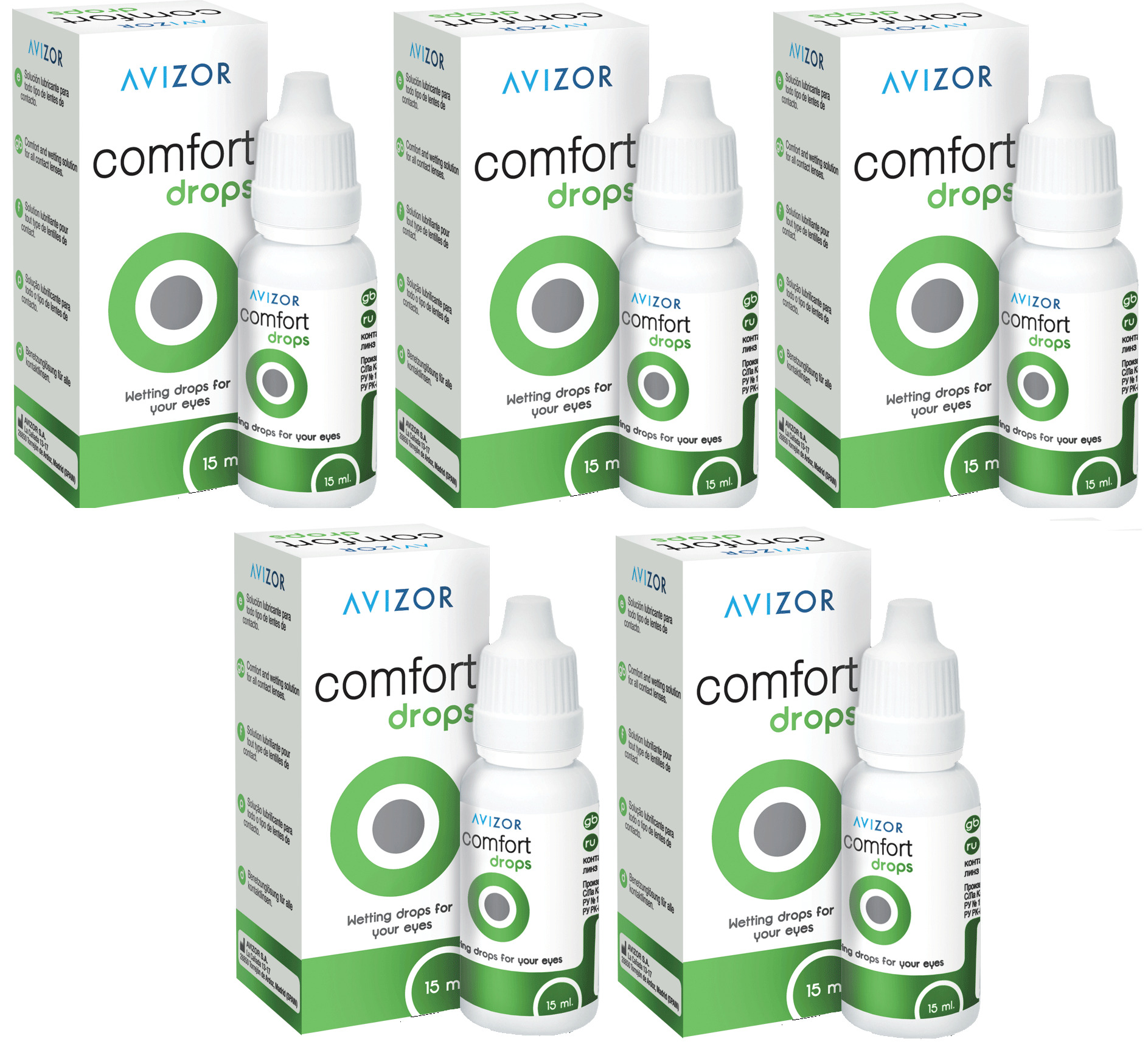 According to their effect on the hydrodynamics of the eye, they can be divided into two groups: agents that improve the outflow of intraocular fluid and inhibit its production. The mechanism of their action on IOP is associated with an improvement in the outflow of explosives from the eye (miotics, adrenaline, latanoprost) or with a decrease in the secretion of intraocular fluid (alpha-2 adrenoagonists, carbonic anhydrase inhibitors).
According to their effect on the hydrodynamics of the eye, they can be divided into two groups: agents that improve the outflow of intraocular fluid and inhibit its production. The mechanism of their action on IOP is associated with an improvement in the outflow of explosives from the eye (miotics, adrenaline, latanoprost) or with a decrease in the secretion of intraocular fluid (alpha-2 adrenoagonists, carbonic anhydrase inhibitors).
Medications that improve the outflow of intraocular fluid
(1) Parasympathomimetics
(2) Sympathomimetics
(3) Prostaglandin preparations1. Parasympathomimetics are divided into cholinomimetic and anticholinesterase. The former act similarly to acetylcholine, the latter block or destroy cholinesterase. Miotics cause contraction of the sphincter of the pupil and ciliary muscle, dilate blood vessels and increase their permeability,
a. By constricting the pupil and pulling the iris fold away from the APC, miotics improve the access of the EV to the drainage system of the eye. At the same time, due to the contraction of the ciliary muscle, the trabecular diaphragm is stretched, the scleral sinus expands, and the outflow of explosives from the eye improves.
At the same time, due to the contraction of the ciliary muscle, the trabecular diaphragm is stretched, the scleral sinus expands, and the outflow of explosives from the eye improves.
b. Local side effects include spasm of accommodation, the occurrence of pseudomyopia, excessive constant miosis due to fibrous degeneration of the pupillary sphincter, deterioration in dark adaptation, and sometimes the appearance of posterior synechia. Anticholinesterase miotics are currently of limited use due to their cataractogenic effects and more pronounced side effects.
in. The group of cholinomimetics used to lower IOP includes pilocarpine and carbachol. Pilocarpine
Indications. Closed-angle, open-angle and secondary glaucoma. 1-6% eye drops are used.
Contraindications. Iritis, iridocyclitis, iridocyclitis crises, anterior uveitis are conditions in which miosis is highly undesirable. The use of miotics should also be avoided in other inflammatory diseases of the anterior part of the eye.
Side effects. Miosis, spasm of accommodation, headache, eye pain, follicular conjunctivitis (with prolonged use), contact dermatitis of the eyelids. Systemic side effects are rare.
Warnings. An intensely pigmented iris is more resistant to the action of miotics, therefore, to achieve the effect, an increase in the concentration or frequency of injections is sometimes required; in this regard, an overdose should be feared. Retinal detachment is possible, therefore, before starting treatment with miotics, an examination of the fundus is necessary, especially in patients with pre-existing retinal pathology. Be careful with damage to the conjunctiva and cornea. With prolonged use of miotics, control of IOP and visual fields is mandatory. With heart disease, hypertension, asthma, peptic ulcer, difficulty urinating and Parkinson’s disease, miotics should be used with extreme caution. Be aware that blurred vision can interfere with work that requires precision movements, such as driving a car, especially in the dark. Overdose . In case of an overdose, systemic side effects are possible:
Overdose . In case of an overdose, systemic side effects are possible:
decrease in blood pressure, bradycardia and other cardiac arrhythmias, nausea, increased intestinal motility, increased sweating, etc. When they appear, it is necessary to reduce the frequency of instillations or stop the drug altogether.
Doses and administration. Use 1% and 2% solutions. Further increase in concentration does not lead to a significant increase in the hypotensive effect, but significantly increases the risk of adverse reactions. The choice of concentration depends on the individual sensitivity of the patient. The duration of the hypotensive effect with a single instillation of an aqueous solution is 4-8 hours.
Apply the drug 4-6 times a day.2. Sympathomimetics. This group includes adrenaline preparations.
Epinephrine
Indications. Open angle glaucoma. Epinephrine (adrenaline) – 0.5-2% eye drops, effective both by increasing the outflow of intraocular fluid through the posterior outflow tracts (uveo-scleral path), the anterior outflow tracts (trabecular meshwork and scleral sinus), and by reducing the speed her products.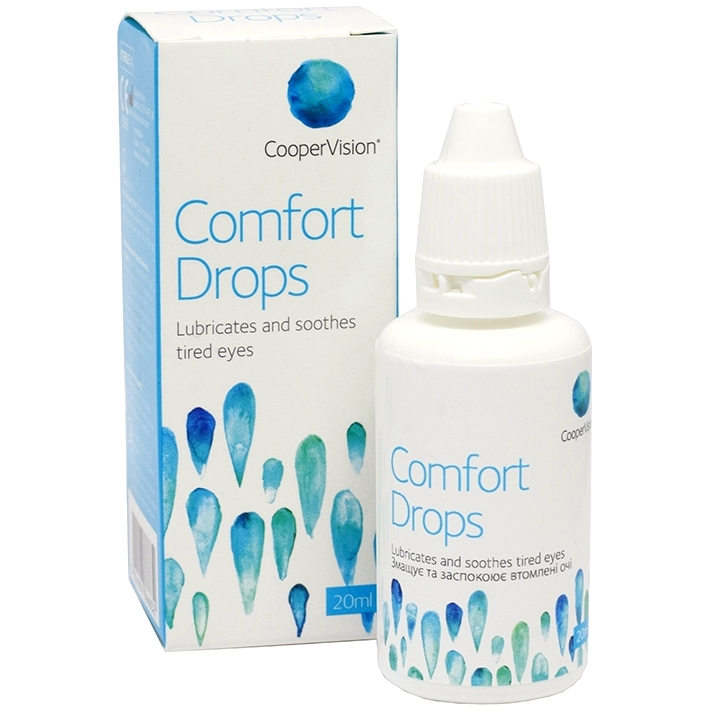
Contraindications. Angle-closure glaucoma (epinephrine is mydriatic and can only be prescribed after an iridectomy). Side effects. Severe burning and redness of the eye; possible pigmentation of the anterior eye and eyelids, as well as the development of toxic maculopathy and general side effects.
Warnings. Use with caution in patients with hypertension and heart disease.
Doses and administration. 1 drop 1 – 2% solution 2 – 3 times a day.
3. Prostaglandin preparations
Latanoprost
Latanoprost – eye drops at a concentration of 0.005% – is a synthetic analogue of prostaglandin F2-alpha. Designed specifically for the treatment of glaucoma; stimulates the outflow of intraocular fluid through the muscle fibers of the ciliary body into the suprachoroidal space and then out through the sclera (uveo-scleral outflow tract). The hypotensive effect of latanoprost with prolonged use corresponds to the action of 0.5% solution of timolol maleate.
Readings.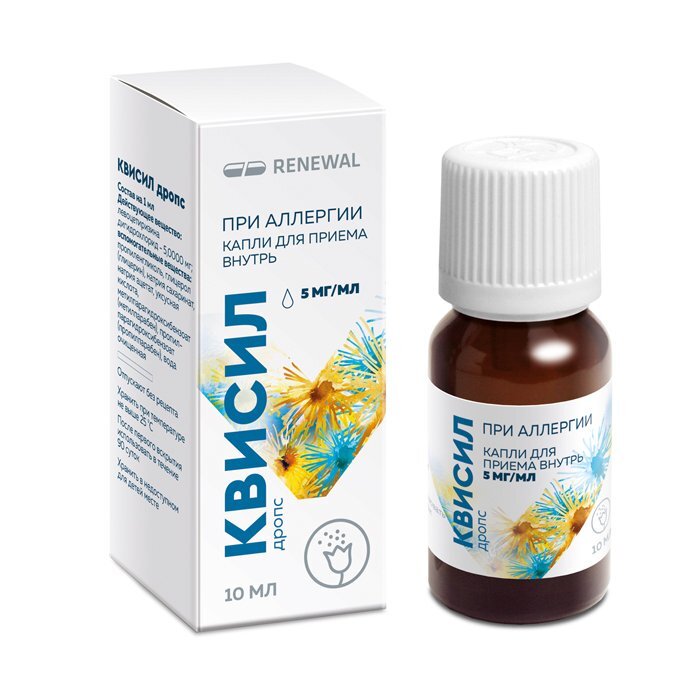 Open-angle glaucoma and ophthalmohypertension in the presence of contraindications or refractoriness to other agents. Experience with its use in other types of glaucoma is insufficient.
Open-angle glaucoma and ophthalmohypertension in the presence of contraindications or refractoriness to other agents. Experience with its use in other types of glaucoma is insufficient.
Side effects. 3 months after the start of treatment, it is possible to increase the pigmentation of the iris from blue to brown, eye irritation, darkening, lengthening and increase in the density of eyelashes, conjunctival hyperemia. In rare cases, iritis, anterior uveitis, macular cystic edema, darkening of the skin of the eyelids may develop.
Warnings. It is necessary to constantly monitor the color of the eyes, since latanoprost increases the content of brown pigment in the iris. Pay special attention to patients with a mixed color of the irises and patients who are instilled with the drug in only one eye. Avoid use in pregnant women and while breastfeeding.
Doses and administration. Buried 1 time per day.
Agents that inhibit the production of intraocular fluid
(1) A2-adrenergic receptor agonists
(2) b-Adrenergic blockers
(3) Carbonic anhydrase inhibitors
(4) Combined preparations
2. b-Adrenergic blockers
b-Adrenergic blockers
Beta-blockers play a leading role in the treatment of glaucoma. They are divided into non-selective, blocking both beta-1 and beta-2 adrenoreceptors, and selective, turning off mainly only beta-1 receptors. In glaucoma, b-blockers reduce IOP by reducing the rate of intraocular fluid production. In patients with broncho-obstructive syndrome, non-selective b-blockers can be used only if other means cannot be used, observing appropriate precautions.
Proxodolol (proxodololum)
а,b-Adrenergic blocker (1 and 2% solution) – well tolerated by patients with prolonged use. The action after a single instillation lasts 8-12 hours. The maximum decrease in IOP by 7 mm Hg. from the original level.
Indications. Open-angle glaucoma at different stages and with varying degrees of increased IOP, secondary glaucoma.
Contraindications. Bronchial asthma, chronic obstructive pulmonary disease, heart failure, severe bradycardia. Side effects. Bradycardia, arterial hypotension, bronchospasm.
Doses and administration. Buried 2 – 3 times a day.
Betaxolol (betaxolol)
Selective b1-blocker (0.5% eye drops, 0.25% ophthalmic suspension). The decrease in IOP after a single instillation persists up to 12 hours.
Indications. Open-angle glaucoma, condition after laser trabeculoplasty
Contraindications. The penetration of the active substance into the general circulation with the development of systemic effects is possible with the local application of eye drops, therefore they are contraindicated in bradycardia, heart block, heart failure, arterial hypotension, bronchial obstruction.
Side effects. Local – burning, pain, itching in the eye, conjunctival hyperemia, dryness in the eye, allergic blepharoconjunctivitis, rarely observed corneal lesions (edema of the corneal epithelium, punctate superficial keratitis, decreased sensitivity of the cornea, anisocoria).
Warnings. Local use of β-blockers in hypersensitive individuals can provoke a bronchospastic reaction, bradycardia with a decrease in systemic blood pressure.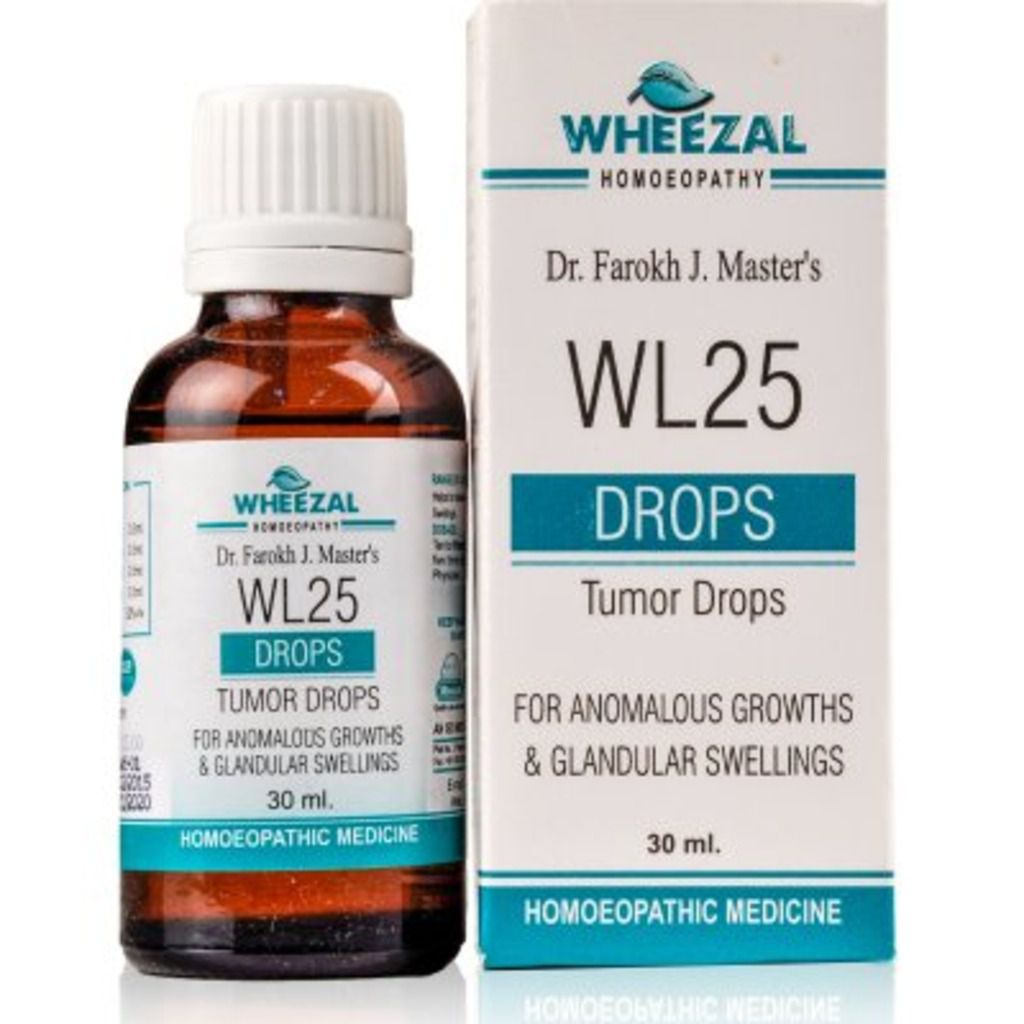
Doses and administration. Buried 2 – 3 times a day.
Timolol (timolol)
Non-selective (b1,2-blocker (0.25 and 0.5% eye drops). The hypotensive effect occurs 20 minutes after instillation, reaches a maximum after 2 hours and lasts at least 24 hours. The decrease in IOP is about 35% The difference in the hypotensive effect of 0.25% and 0.5% solution is 10-15%. bradycardia, sick sinus syndrome, atrioventricular block II-III degree, heart failure, severe allergic rhinitis, corneal dystrophy, dry keratitis.
Side effects. Nausea, diarrhea, weakness and fatigue, disorientation, hallucinations, respiratory disorders, bradyarrhythmia, arterial hypotension, bronchospasm, decreased secretion of lacrimal fluid, blepharitis, conjunctivitis, keratitis, allergic reactions, tachyphylaxis.
Warnings. It should be used with caution in diabetic patients, especially those with a labile course. Interaction. Compatible with parasympathomimetics, prostaglandins, carbonic anhydrase inhibitors.
Doses and administration. Instill 1 drop 1-2 times a day.
3. Carbonic anhydrase inhibitors
Carbonic anhydrase inhibitors inhibit the activity of carbonic anhydrase, reduce the secretion of BB by 30-40% and reduce IOP. The hypotensive effect lasts 6-8 hours. The most effective drugs in this group are brinzolamide, dorzolamide and acetazolamide.
Brinzolamide (brinzolamide)
Indications. Brinzolamide (1% ophthalmic suspension) is indicated for open-angle, pseudoexfoliative glaucoma, in patients resistant to b-blockers, or in the presence of contraindications to them, as an addition to b-blockers or as monotherapy with an increase in IOP.
Contraindications. Hypersensitivity, severe renal failure, hyperchloraemic acidosis, childhood, pregnancy and lactation.
Side effects. Mild burning, stinging and itching in the eyes, bitterness in the mouth, lacrimation, conjunctivitis, eyelid irritation, anterior uveitis, transient myopia, headache, dizziness, paresthesia, weakness, nausea, rash and other allergic reactions. Caveats. When applied topically, the drug still penetrates into the general circulation with the development of a systemic effect. Use with caution in case of liver failure, wearing contact lenses (absorption of benzalkonium chloride, a preservative that is part of the drug, is possible).
Caveats. When applied topically, the drug still penetrates into the general circulation with the development of a systemic effect. Use with caution in case of liver failure, wearing contact lenses (absorption of benzalkonium chloride, a preservative that is part of the drug, is possible).
Interaction. Compatible with timolol and betaxolol. It is possible to combine with ACE inhibitors, calcium channel blockers, diuretics, NSAIDs, estrogens, insulin, thyroxine, although an increase in toxicity (for example, when taking large doses of acetylsalicylic acid) is not excluded.
Overdose. Electrolyte imbalance, acidosis, disorders of the central nervous system. Treatment is symptomatic. It is necessary to control the level of electrolytes in the blood (especially potassium).
Doses and administration. Instilled 3 times a day with monotherapy and 2 times a day when combined with a b-blocker. The maximum decrease in IOP develops 2 hours after instillation of the drug. Aftereffect lasts up to 12 hours
4. Combination drugs
Combination drugs
In combination, drugs have a more pronounced effect, but systemic side effects also add up.
Back Heidelberg Retinal Tomograph
Next Indications for glaucoma surgery
Schedule an appointment with an ophthalmologist
Telephone consultation
9 0002 +7 (495) 139-09-81
Ask a question in chat
+7 (929) 503-83-01
Request a call back
Licenses and certificates
Make an appointment
+7 (495) 139-09-81
Will eye drops be able to replace glasses for farsightedness in the near future? – [Dr. Kurenkov Clinic]
Most farsighted people use glasses or special contact lenses, but these are easily lost or may seem burdensome. Today, a new non-surgical approach to the treatment of farsightedness is on the horizon: special eye drops.
Two types of eye drops
Farsightedness occurs when the lenses of the eyes become stiffer and less flexible over time. This makes it difficult to focus the vision we need to read words on a page or on a smartphone screen. To address this problem, two types of eye drops are currently being developed, each with its own unique mechanism of action. Miotic drops cause pupil constriction, limiting out-of-focus information. Drops to soften the lens help restore its flexibility. Both types of drops are currently undergoing clinical trials testing their safety and effectiveness in humans. Experts predict that at least one type of eye drop may soon be greenlit – maybe within the next two years.
Miotic drops
Miotic drops change pupil size. By creating a “small hole” effect, this type of drops improves eye focus for both near and far vision. This is reminiscent of the operation of the camera before the invention of photographic lenses. Miotic drops are being developed by Allergan, Presbyopia Therapies and Orasis Pharmaceuticals.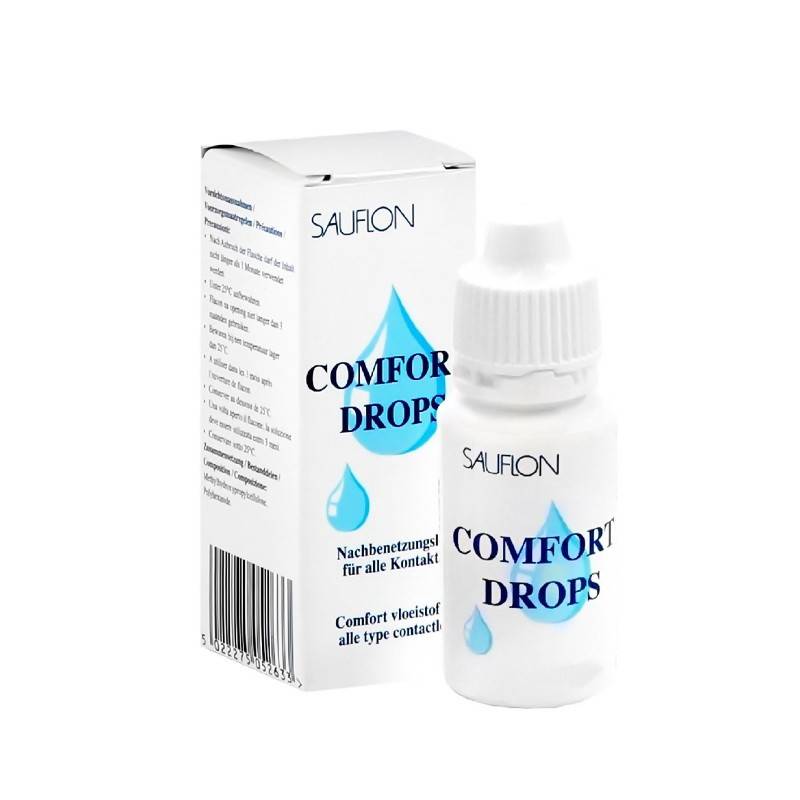
Lens softening drops
Drops of this type soften the lenses of aging eyes. When the lens regains flexibility, the eye can better focus on nearby objects. Drops of this type cannot fully restore near vision. But they are able to “set the clock” back ten years. This type of drop may be best suited for people who are in the early stages of farsightedness, which includes nearly half of all patients diagnosed with farsightedness. The first lens softening eye drops were developed by Novartis. Now they are undergoing the second stage of clinical trials.
Will eye drops work as well as glasses?
Recent studies suggest that the action of miotic drops begins after about 30 minutes and lasts from three to seven hours. After the corrective effect weakens, it is necessary to drip drops into the eyes again. On the other hand, the action of eye drops to soften the lens can last for several years. Patients using any type of these drops are able to see the 7th line at close range – about the same results are achieved with glasses.


 Li FF, Yam JC. Low-concentration atropine eye drops for myopia progression. Asia Pac J Ophthalmol (Phila). 2019;8(5):360-5.
Li FF, Yam JC. Low-concentration atropine eye drops for myopia progression. Asia Pac J Ophthalmol (Phila). 2019;8(5):360-5. 2018;126(1):113-24.
2018;126(1):113-24.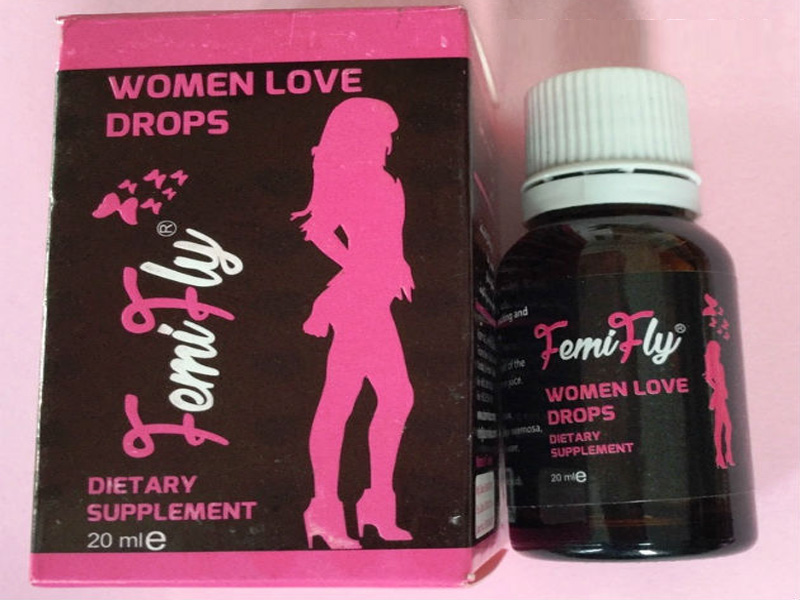 Invest Ophthalmol Vis Sci. 2016;57(6):2851-63.
Invest Ophthalmol Vis Sci. 2016;57(6):2851-63.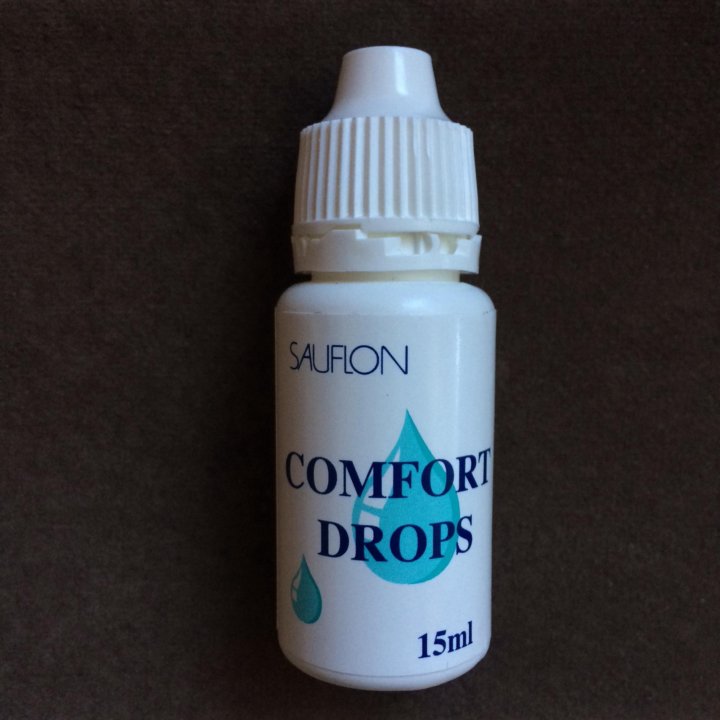 1016/s0161-6420(82)34866-6
1016/s0161-6420(82)34866-6

